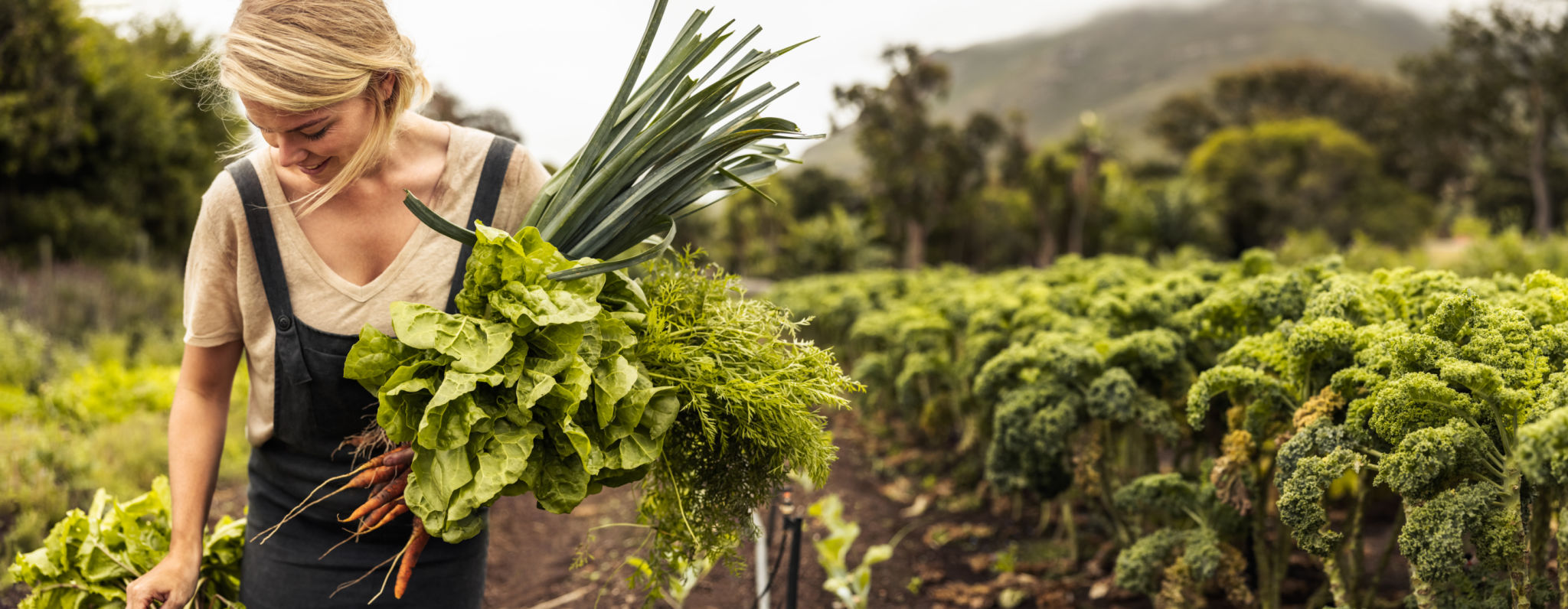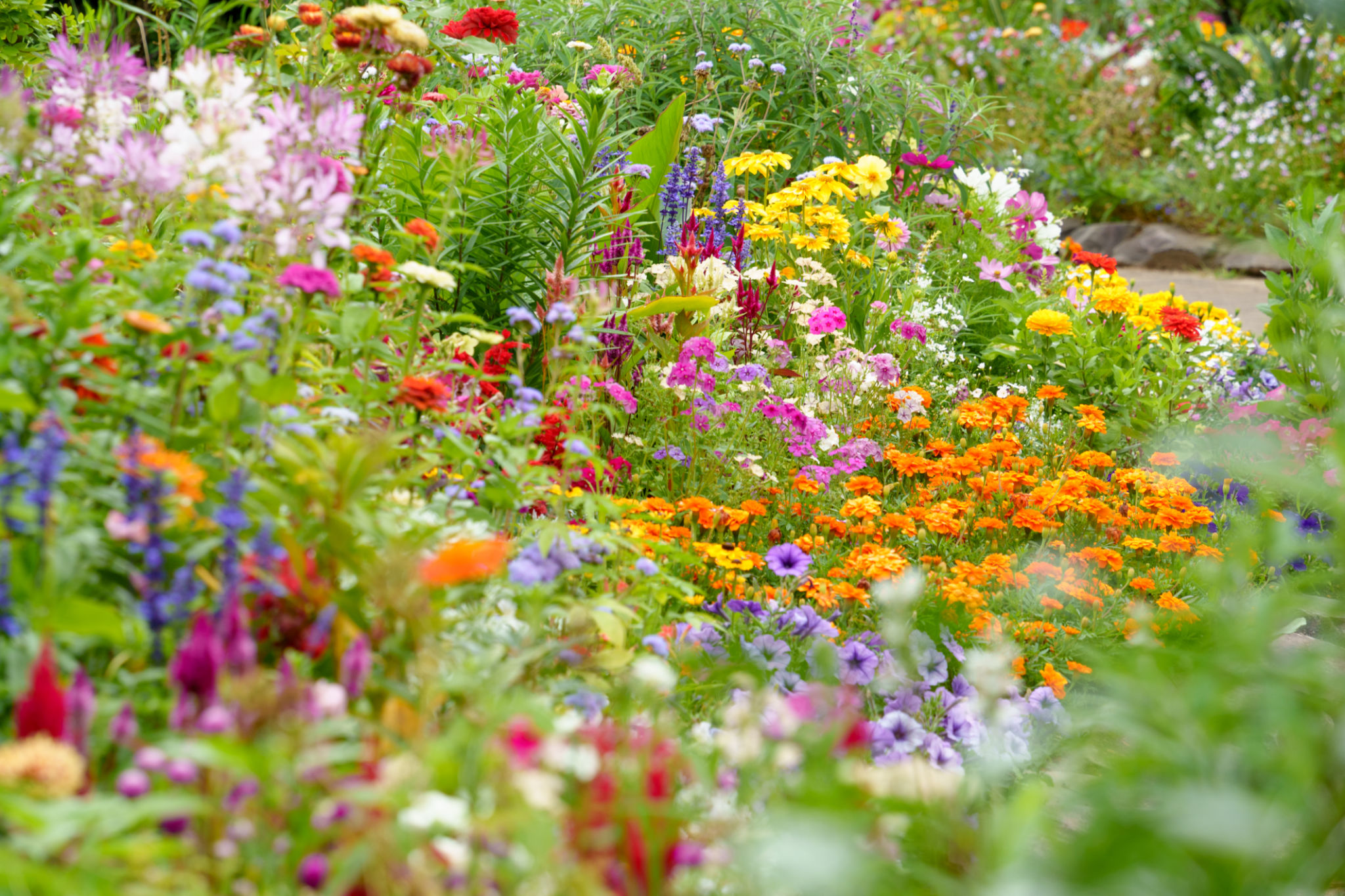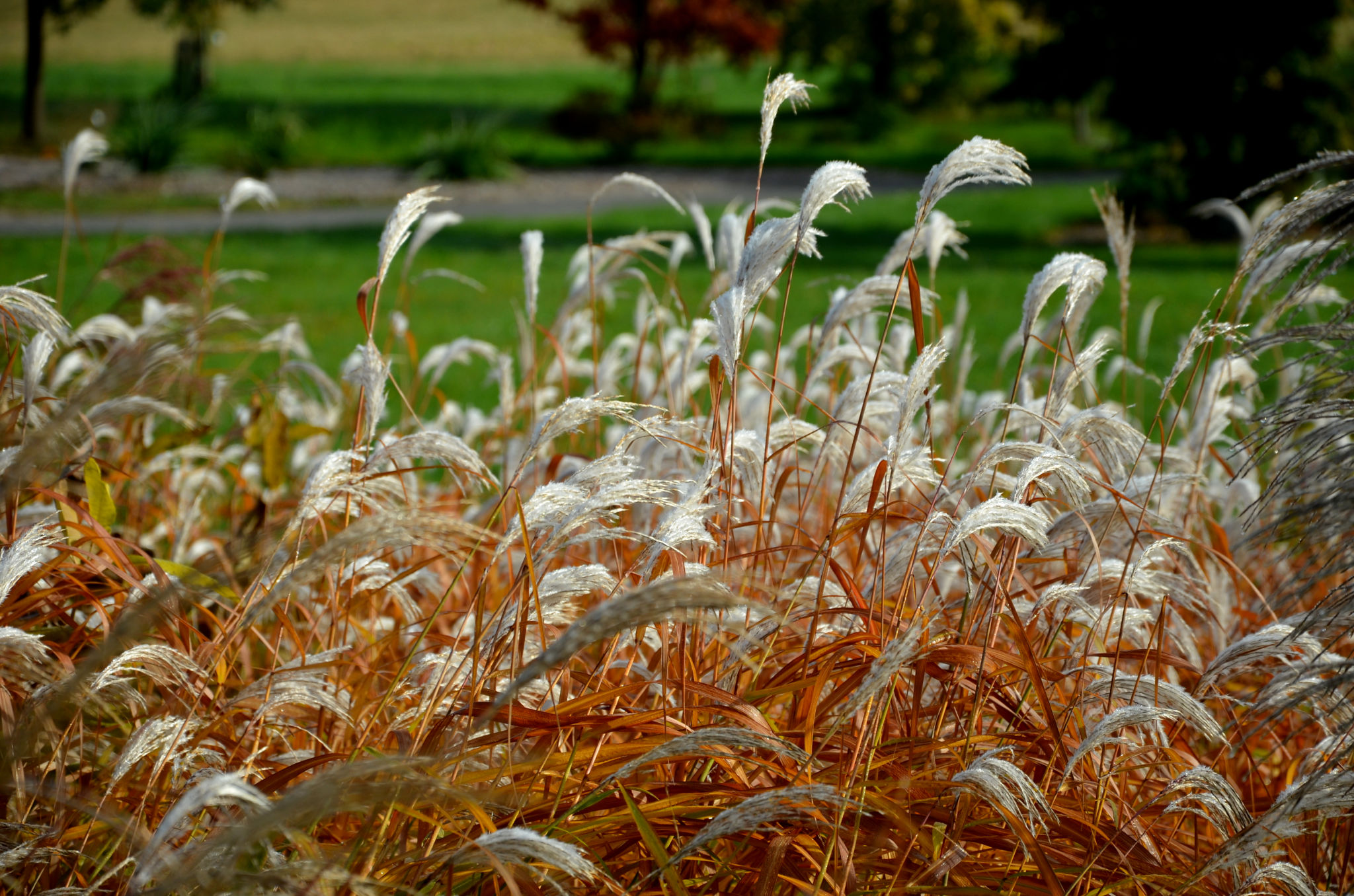Sustainable Landscaping Practices in Hillsboro: Tips for a Greener Yard
Understanding Sustainable Landscaping
Creating a sustainable landscape in Hillsboro not only enhances the aesthetic appeal of your home but also contributes positively to the environment. Sustainable landscaping involves designing and maintaining your yard in a way that is environmentally friendly and resource-efficient. By adopting these practices, you can play a vital role in preserving natural resources, reducing waste, and promoting biodiversity.
Incorporating native plants is a fundamental aspect of sustainable landscaping. Native plants are naturally adapted to the local climate and soil conditions, reducing the need for excessive watering and fertilization. They provide essential habitat for local wildlife and help maintain the ecological balance of the area.

Water Conservation Techniques
Water conservation is a critical component of sustainable landscaping. In Hillsboro, where water conservation is essential, implementing efficient irrigation systems can make a significant difference. Drip irrigation systems are highly recommended as they deliver water directly to the plant roots, minimizing evaporation and runoff.
Another effective method is to collect rainwater using barrels or cisterns. This water can be used during drier periods, reducing your dependency on municipal water supplies. Additionally, applying mulch around plants helps retain soil moisture, keeping your garden hydrated for longer periods.

Soil Health and Fertilization
Maintaining healthy soil is crucial for a vibrant landscape. Begin by conducting a soil test to determine its pH and nutrient levels. Based on the results, you can amend the soil with organic matter such as compost to improve its structure and fertility. Avoid using synthetic fertilizers that can leach into groundwater and harm the environment.
Opt for slow-release or organic fertilizers that provide nutrients over an extended period, reducing the need for frequent applications. Implementing crop rotation and cover cropping can also enhance soil health by preventing erosion and promoting beneficial microorganisms.
Promoting Biodiversity
A sustainable yard is one that supports a diverse range of plants and wildlife. Encourage biodiversity by planting a variety of species that bloom at different times of the year. This not only ensures year-round beauty but also provides continuous food sources for pollinators like bees and butterflies.

Incorporate features such as birdbaths, nesting boxes, and insect hotels to attract beneficial wildlife to your garden. These elements create a habitat that supports local ecosystems while enhancing your yard's natural beauty.
Reducing Lawn Size
Traditional lawns require significant maintenance and resources. Consider reducing the size of your lawn by replacing sections with ground covers, ornamental grasses, or wildflower meadows. These alternatives require less water and mowing while adding texture and interest to your landscape.
If maintaining some lawn area is important to you, opt for drought-tolerant grass varieties that are better suited to Hillsboro's climate. This simple change can lead to significant water savings over time.

Conclusion
By adopting sustainable landscaping practices in Hillsboro, you can create a greener, more environmentally friendly yard that benefits both your home and the planet. From selecting native plants to conserving water and promoting biodiversity, each step you take contributes to a healthier ecosystem. Embrace these practices today and enjoy a beautiful, sustainable landscape for years to come.